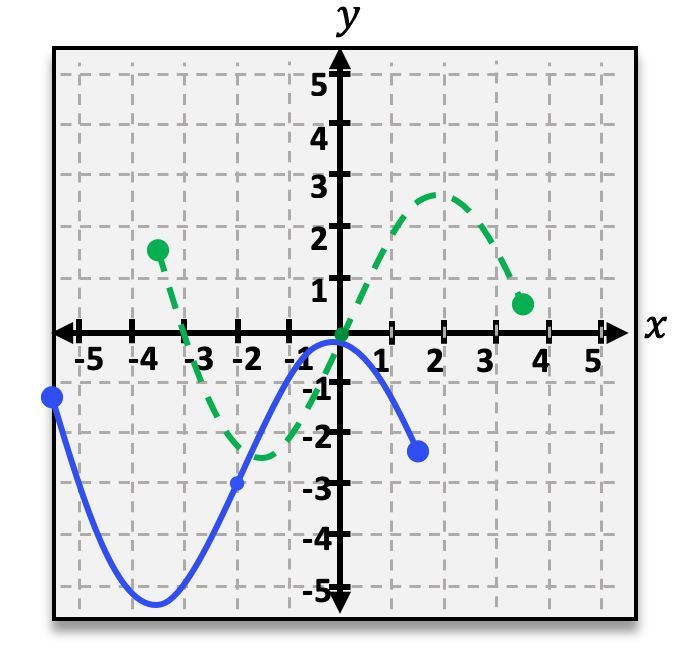Transformations of functions are essential concepts in mathematics that involve manipulating a function to change its position or shape. There are three primary types of transformations: reflections, shifts, and stretches. Understanding these transformations can simplify the study of functions significantly.
A reflection occurs when a function is flipped over a specific axis. For instance, reflecting a function over the x-axis changes its output to the negative of the original function, represented mathematically as f(x) → -f(x). This transformation effectively "folds" the graph over the axis.
A shift involves moving a function horizontally or vertically. The general form for a shift is f(x) - h + k, where h indicates the horizontal shift and k represents the vertical shift. For example, if a function is shifted right by 3 units and up by 2 units, it would be expressed as f(x - 3) + 2.
A stretch transformation occurs when a function is vertically stretched or compressed. This is represented by multiplying the function by a constant c, resulting in c * f(x). If c > 1, the function stretches vertically, while 0 < c < 1 compresses it.
To illustrate these transformations, consider the function f(x) = |x|. If we apply a shift transformation, such as P(x) = |x - 3| + 2, we can identify this as a shift to the right by 3 units and up by 2 units. This would correspond to a graph that has moved from the origin to a new position.
For a reflection, if we take Q(x) = -|x|, this represents a reflection over the x-axis, flipping the graph upside down. If we also have a stretch, such as R(x) = -2|x|, this indicates both a reflection and a vertical stretch, as the negative sign reflects the graph and the factor of 2 stretches it vertically.
In summary, understanding these transformations—reflections, shifts, and stretches—enables students to manipulate and analyze functions effectively. Recognizing how these transformations alter the function's graph is crucial for mastering function behavior in mathematics.






